Theatre Picasso at Tate Modern: familiar works reframed in an ‘adventurous’ way
The playful show examines the relationship between Picasso and theatre
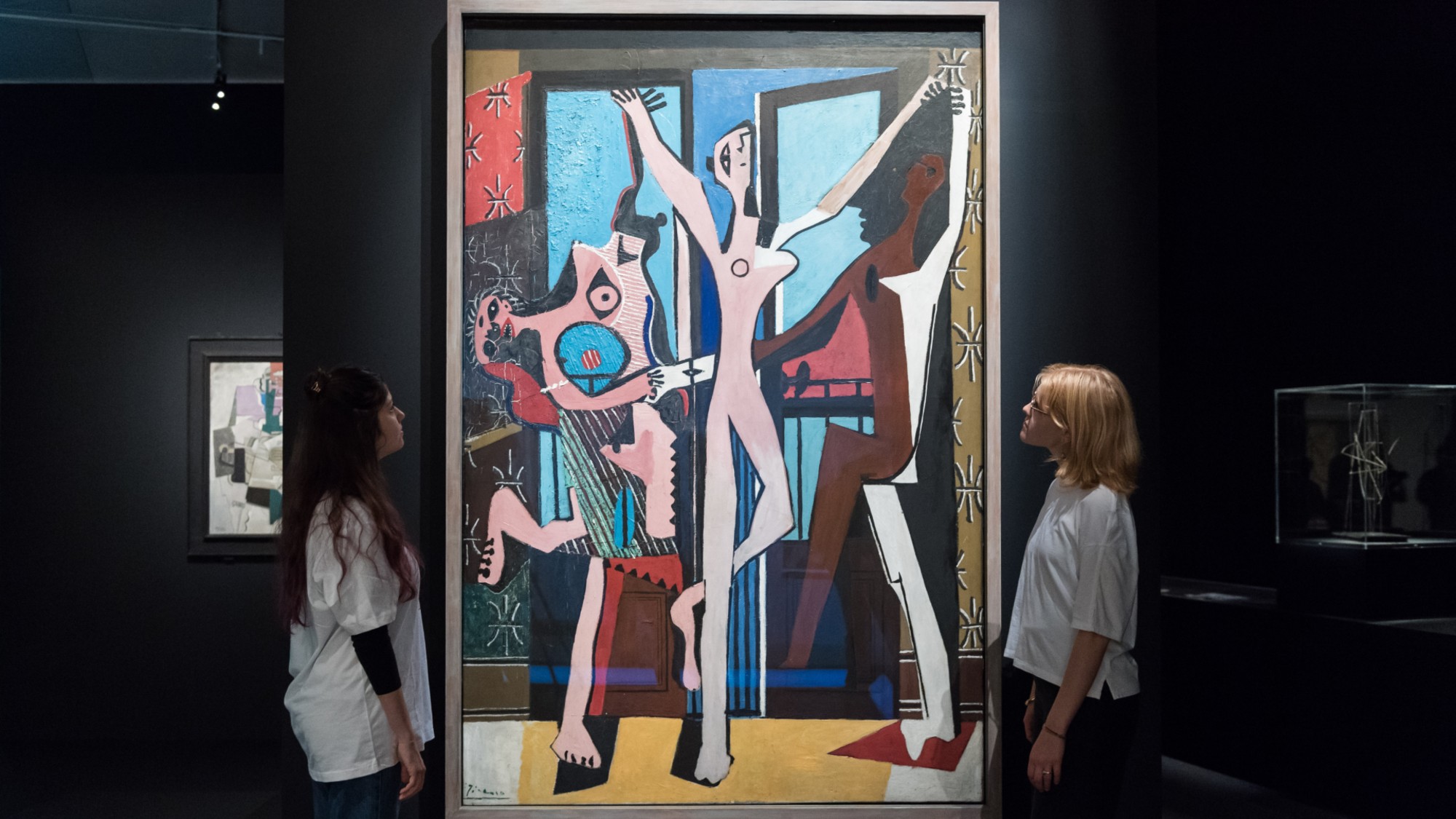
“It’s been a long time – several years – since an event as stimulating as this opened at Tate Modern,” said Waldemar Januszczak in The Sunday Times. It pulls off a difficult trick: reframing the work of Pablo Picasso in a “fresh” and “adventurous” way. These days, the Spaniard is unfashionable because of his attitudes towards women; “he’s generally the coconut and angry damsels throw the balls”. The Tate, in “a nimble bit of curation”, has asked the trans performer Wu Tsang and the writer Enrique Fuenteblanca to mount a display dedicated to his love of theatre, which invites us to reconsider his work as a series of performances. Its focus is not on the disappointing theatrical sets that Picasso designed, but on his love of play-acting in general: his “taste for dressing up and his appreciation of other people’s roleplaying”; on his penchant for painting performers such as flamenco dancers and matadors. It brings together some 45 works by the artist; in short, the Tate has found an interesting way of “showing us every Picasso it owns”.
The show is certainly unconventional, said Laura Cumming in The Observer. Its design masquerades as the backstage of a theatre, complete with “spotlights, clattering music and surging voices”, “wings, ramps and footlights”; a screen shows a video of Picasso himself playing Carmen in a lace mantilla, while 16 “stupendous” images of “young lovers, pensive women and goatish old men” hang from mesh grids “like posters at Ikea”, and 1968’s “fierce and lustful” “Nude Woman With Necklace” bursts out of the theatrical darkness. It’s great to see so many works by the artist grouped together, but the show feels “muddled” and “sententious”. It completely swerves the question of Picasso’s cruelty to women, instead trying unconvincingly to make him “into our non-conforming contemporary”. It’s “contrived and contradictory”, and only confirms what we already knew: that Picasso “does not need to be updated for a new generation”.
The curators have made some terrible choices here, said Alastair Sooke in The Daily Telegraph. The show’s most important work, “The Three Dancers” (1925), is hidden away behind a wall; and what little analysis of the works there is “feels blinkered and wrong-headed”. It’s heavy on “opaque academic jargon”, much of it relating to contemporary identity politics. But if you ignore the “brain-aching” theorising in the explanatory texts, it’s really quite impressive, said Mark Hudson in The Independent. The “quasi-fictional setting” makes you look at the paintings afresh, and it gives an impressive sense of Picasso’s “protean chopping and changing”, the way he repeatedly reconfigured the human figure while quoting from everything from Rembrandt to African sculpture. I’ll admit that I expected “to hate this exhibition”, but it entrances the eye “spectacularly”.
The Week
Escape your echo chamber. Get the facts behind the news, plus analysis from multiple perspectives.

Sign up for The Week's Free Newsletters
From our morning news briefing to a weekly Good News Newsletter, get the best of The Week delivered directly to your inbox.
From our morning news briefing to a weekly Good News Newsletter, get the best of The Week delivered directly to your inbox.
Until 12 April at Tate Modern, London SE1
A free daily email with the biggest news stories of the day – and the best features from TheWeek.com
-
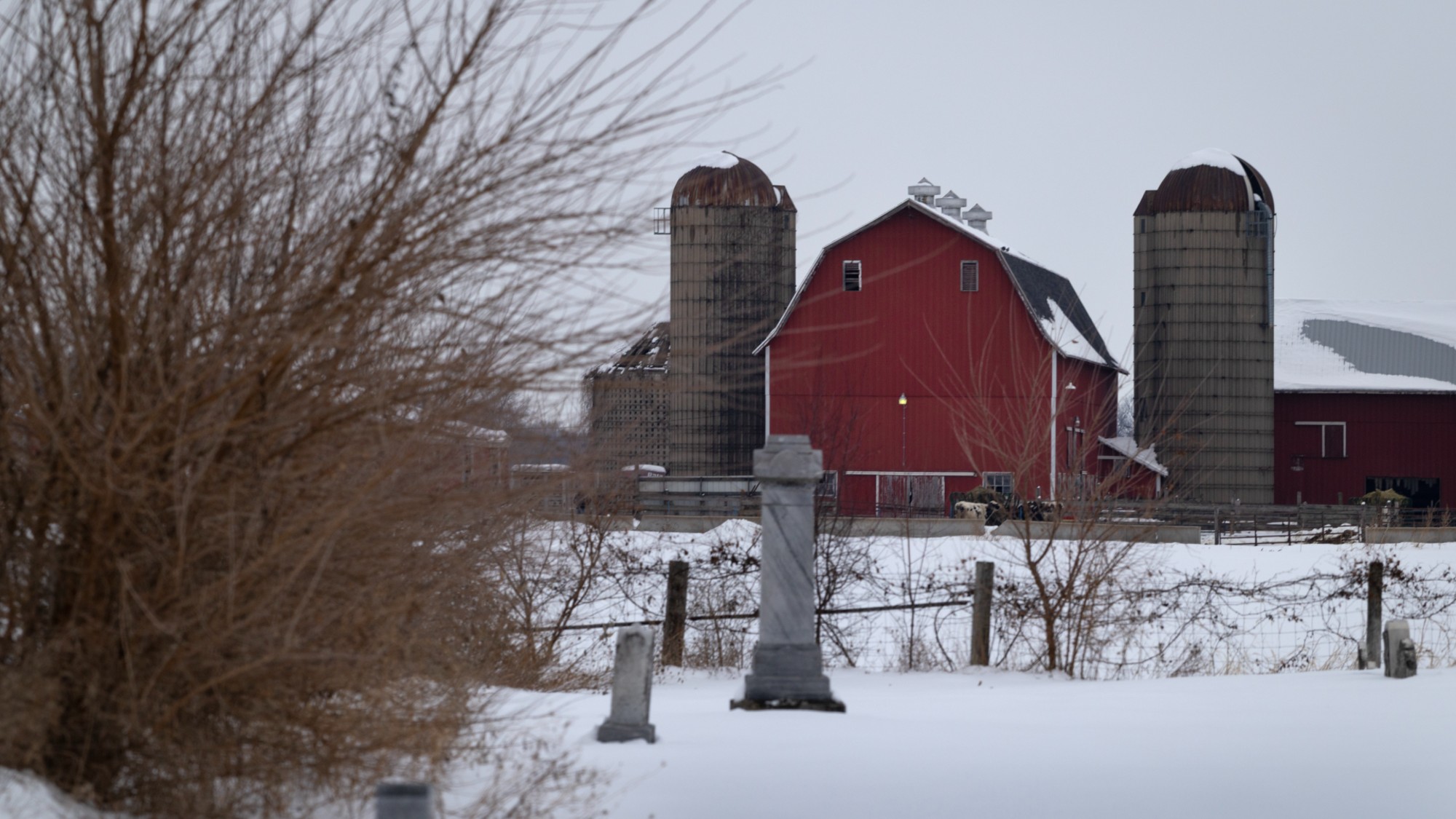 Will Trump’s $12 billion bailout solve the farm crisis?
Will Trump’s $12 billion bailout solve the farm crisis?Today’s Big Question Agriculture sector says it wants trade, not aid
-
 ‘City leaders must recognize its residents as part of its lifeblood’
‘City leaders must recognize its residents as part of its lifeblood’Instant Opinion Opinion, comment and editorials of the day
-
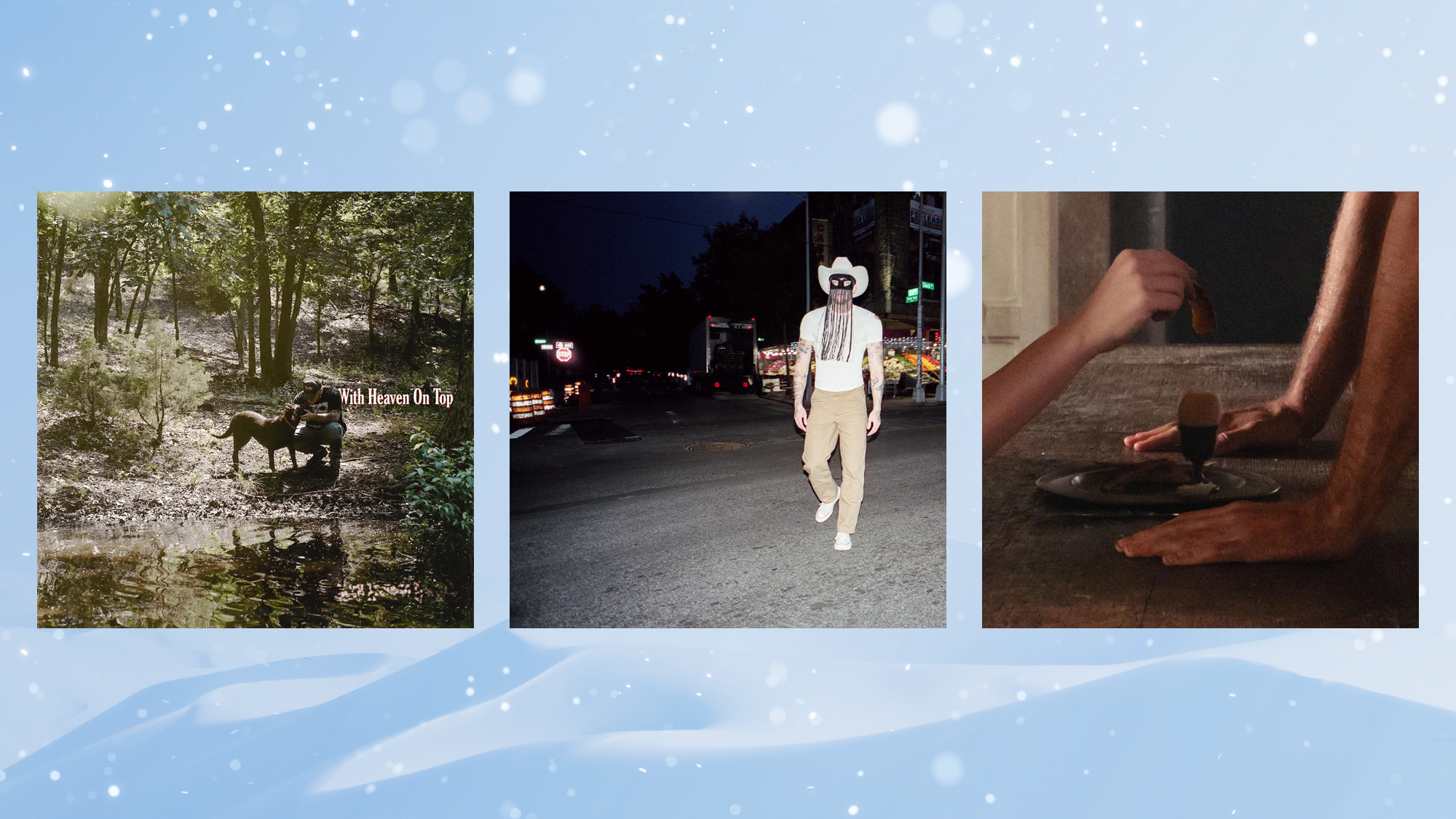 10 upcoming albums to stream during the winter chill
10 upcoming albums to stream during the winter chillThe Week Recommends As the calendar turns to 2026, check out some new music from your favorite artists
-
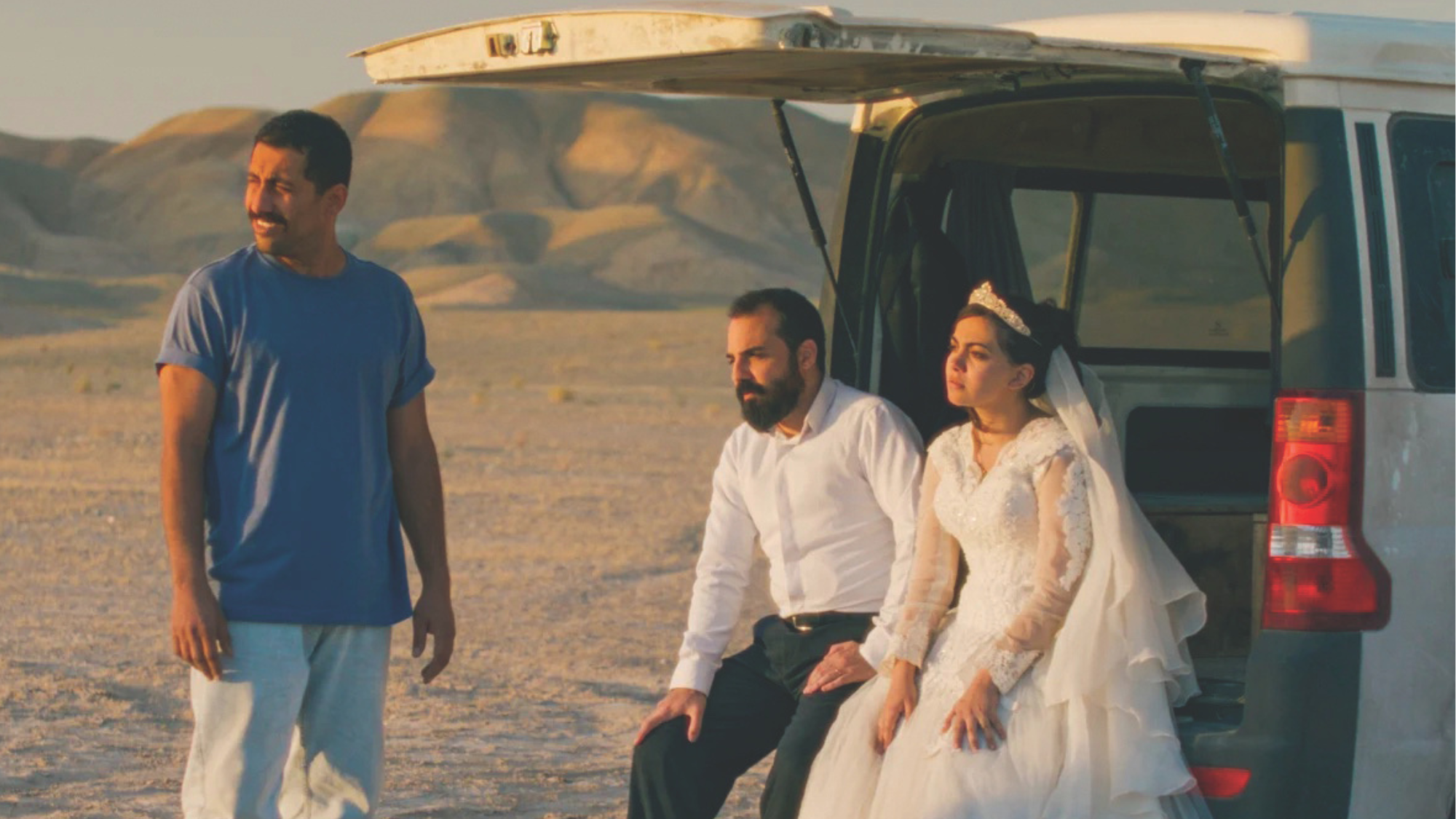 It Was Just an Accident: a ‘striking’ attack on the Iranian regime
It Was Just an Accident: a ‘striking’ attack on the Iranian regimeThe Week Recommends Jafar Panahi’s furious Palme d’Or-winning revenge thriller was made in secret
-
 Singin’ in the Rain: fun Christmas show is ‘pure bottled sunshine’
Singin’ in the Rain: fun Christmas show is ‘pure bottled sunshine’The Week Recommends Raz Shaw’s take on the classic musical is ‘gloriously cheering’
-
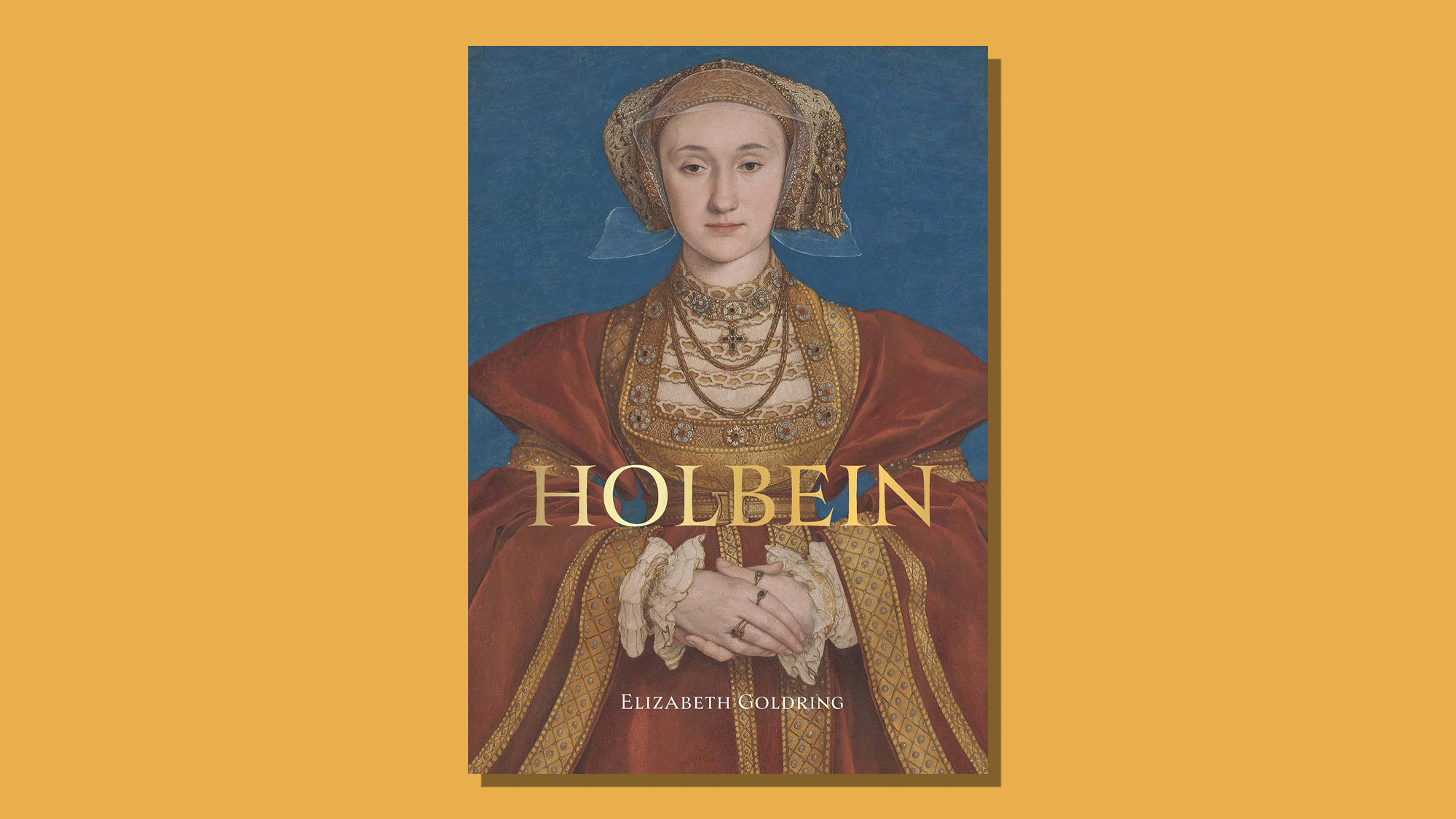 Holbein: ‘a superb and groundbreaking biography’
Holbein: ‘a superb and groundbreaking biography’The Week Recommends Elizabeth Goldring’s ‘definitive account’ brings the German artist ‘vividly to life’
-
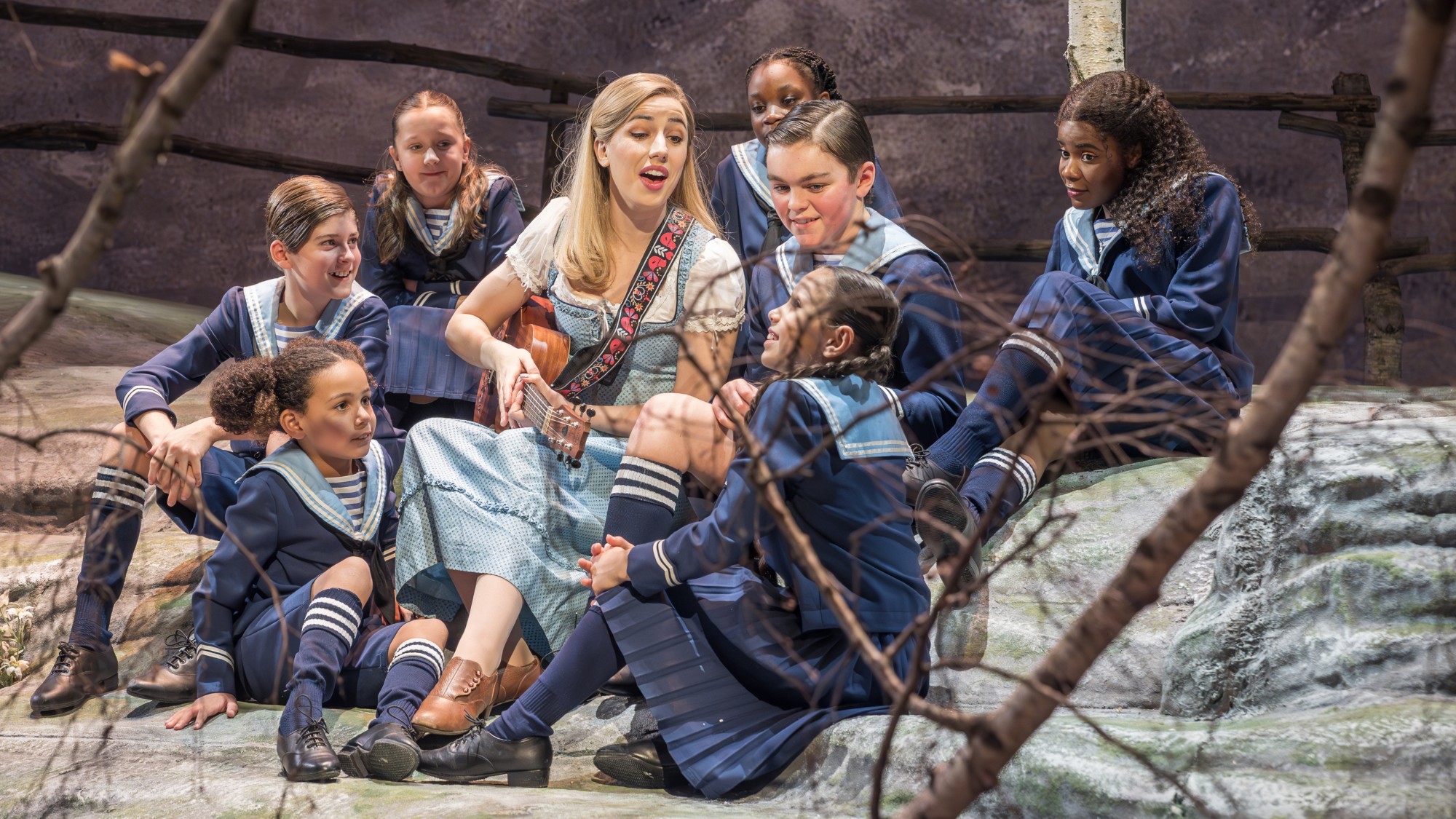 The Sound of Music: a ‘richly entertaining’ festive treat
The Sound of Music: a ‘richly entertaining’ festive treatThe Week Recommends Nikolai Foster’s captivating and beautifully designed revival ‘ripples with feeling’
-
 ‘Furious Minds: The Making of the MAGA New Right’ by Laura K. Field and ‘The Dream Factory: London’s First Playhouse and the Making of William Shakespeare’ by Daniel Swift
‘Furious Minds: The Making of the MAGA New Right’ by Laura K. Field and ‘The Dream Factory: London’s First Playhouse and the Making of William Shakespeare’ by Daniel SwiftFeature An insider’s POV on the GOP and the untold story of Shakespeare’s first theater
-
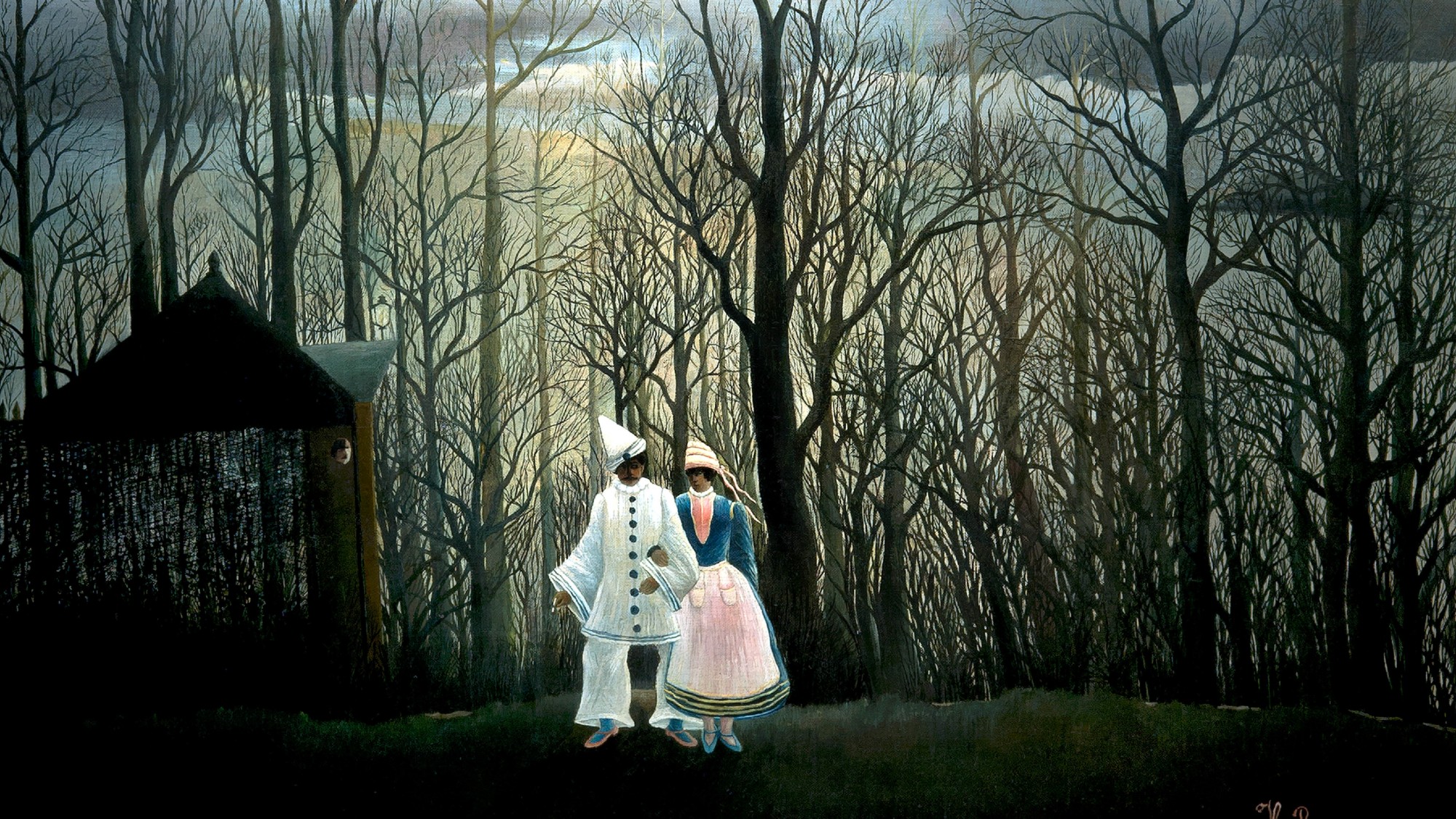 Henri Rousseau: A Painter’s Secrets
Henri Rousseau: A Painter’s Secretsfeature Barnes Foundation, Philadelphia, through Feb. 22
-
 Homes with great fireplaces
Homes with great fireplacesFeature Featuring a suspended fireplace in Washington and two-sided Parisian fireplace in Florida
-
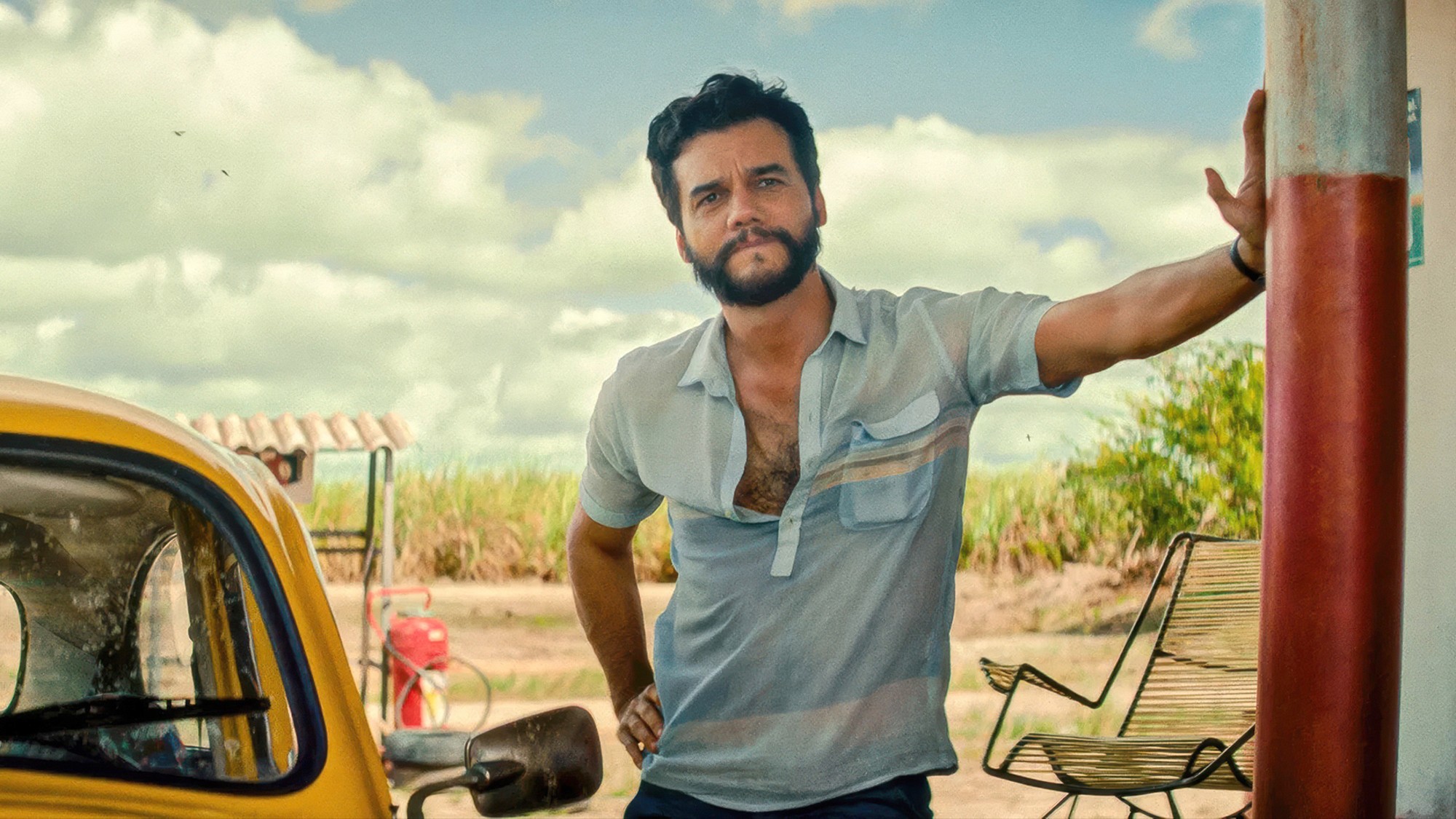 Film reviews: ‘The Secret Agent’ and ‘Zootopia 2’
Film reviews: ‘The Secret Agent’ and ‘Zootopia 2’Feature A Brazilian man living in a brutal era seeks answers and survival and Judy and Nick fight again for animal justice